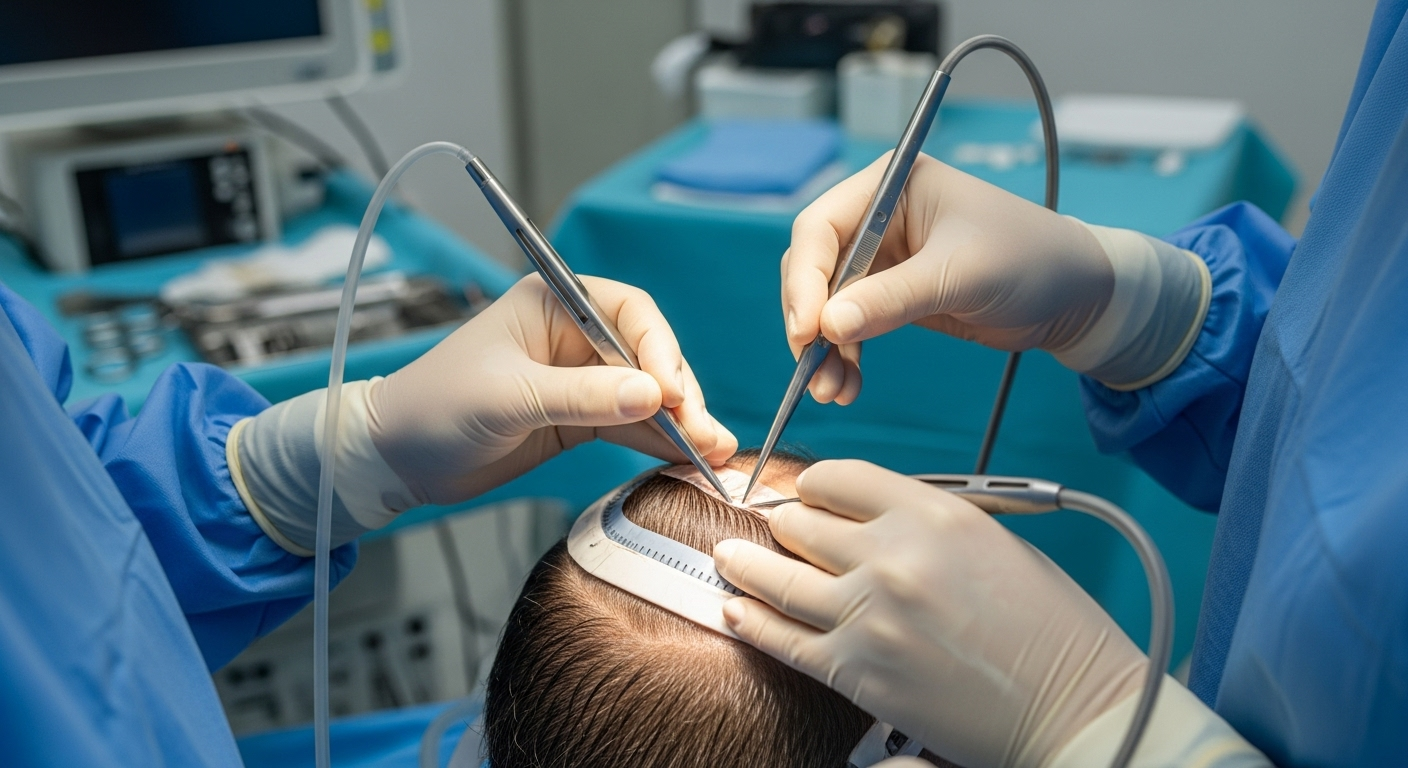Rhinoplasty Demystified: Balancing Aesthetics and Breathing
Rhinoplasty, or nose surgery, reshapes appearance and can restore function. This guide explains surgical techniques, risks, recovery timelines, and costs so you can make informed decisions. Learn how open vs closed approaches differ, what to expect after surgery, and how to choose a qualified surgeon for optimal results.

Rhinoplasty is a surgical procedure that alters the shape or size of the nose to enhance facial harmony or improve nasal function. Whether performed for cosmetic refinement or to correct breathing problems, rhinoplasty blends precise surgical technique with aesthetic judgment. Understanding how the surgery works, the potential risks, the recovery process, and the likely costs can help prospective patients set realistic expectations and plan effectively.
How rhinoplasty is performed
Surgeons customize the approach to each patient’s anatomy and goals. The two primary techniques are open rhinoplasty and closed rhinoplasty. Open rhinoplasty involves a small incision across the columella, the tissue strip between the nostrils, which provides wide exposure to the underlying bones and cartilage. Closed rhinoplasty uses incisions hidden inside the nostrils, offering limited external scarring but sometimes less direct access.
During the operation, the surgeon lifts the soft tissues to expose the nasal framework and then sculpts bone and cartilage as needed. Typical maneuvers include removing a dorsal hump, narrowing the nasal bridge, refining the tip, or straightening a deviated septum. In some cases cartilage grafts — taken from the septum, ear, or rib — are used to augment or reinforce structures. Each case varies in complexity; straightforward reshaping may take about one hour, while more extensive reconstructive procedures can last several hours.
Risks and possible complications
All surgeries carry inherent risks, and rhinoplasty is no exception. Common complications include infection, bleeding, and reactions to anesthesia. Because the nose is central to both appearance and breathing, patients may also experience nasal obstruction, persistent swelling, changes in skin sensation, or dissatisfaction with cosmetic results. Scarring is usually minimal, but asymmetry or irregularities can occur.
Occasionally, revision surgery is required to correct functional issues or to refine aesthetic outcomes. Choosing a board-certified plastic surgeon or facial plastic surgeon with significant rhinoplasty experience reduces the likelihood of complications. Clear communication about goals and a thorough preoperative assessment, including medical history and nasal examination, further mitigate risks.
Recovery timeline and what to expect
Recovery after rhinoplasty unfolds over weeks to months. Immediately after surgery, patients often leave the operating room with a nasal splint and possibly internal packing or soft splints to support the new shape. Swelling and bruising around the eyes and nose usually peak within the first few days and begin to subside over one to two weeks.
Most people return to light daily activities and work within 7 to 14 days, depending on the extent of bruising and the type of work. Strenuous exercise, heavy lifting, and contact sports should be avoided for at least three to four weeks, and sometimes longer if bone work was extensive. While the bulk of swelling resolves in the first few months, subtle refinements in shape can continue for up to a year as tissues settle and scars mature.
During recovery, following post-operative instructions is essential — this includes wound care, medications, sleep positioning, and avoiding activities that could injure the nose.
Cost considerations and insurance coverage
Rhinoplasty pricing varies widely based on surgeon experience, geographic location, facility fees, anesthesia charges, and the complexity of the procedure. The American Society of Plastic Surgeons reports an average associated fee figure, but total costs frequently exceed that number once ancillary expenses are included.
Insurance generally does not cover rhinoplasty if it is purely cosmetic. Coverage may be available when surgery is performed to correct functional problems, such as a deviated septum that impairs breathing, or to repair trauma or congenital defects. Patients should contact their insurer to confirm eligibility, pre-authorization requirements, and documentation needed to support medical necessity.
| Provider Type | Average Cost Range | Potential Additional Costs |
|---|---|---|
| Plastic Surgeon | $3,000 - $15,000 | Anesthesia, facility fees, medications |
| ENT Specialist | $5,000 - $12,000 | Follow-up visits, revision procedures |
| Medical Tourism | $2,000 - $8,000 | Travel expenses, accommodation |
Prices, rates, or cost estimates mentioned in this article are based on the latest available information but may change over time. Independent research is advised before making financial decisions.
Getting the best possible outcome
Selecting the right surgeon and preparing thoroughly are the most important steps toward a satisfying result. Seek a board-certified surgeon with a dedicated rhinoplasty practice and a portfolio of before-and-after photos that reflect outcomes you find appealing. Read reviews, ask for patient references, and make sure the surgeon explains the benefits and limitations of the procedure.
During consultations, be candid about your goals and receptive to professional feedback. Computer imaging can help illustrate potential changes, but images are approximations rather than guarantees. Ask about the surgeon’s revision policy and how they manage complications.
Preparation also includes following preoperative instructions: avoid certain medications that increase bleeding risk, stop smoking well before surgery to promote healing, and arrange for help at home during the initial recovery period.
Final thoughts
Rhinoplasty is a nuanced operation that can improve facial balance and breathing when performed by an experienced surgeon. Understanding the surgical options, potential complications, recovery expectations, and financial implications empowers patients to make informed choices and improves the likelihood of a positive outcome. Patience is essential, as final results can take many months to fully emerge.
This article is for informational purposes only and should not be considered medical advice. Please consult a qualified healthcare professional for personalized guidance and treatment.






